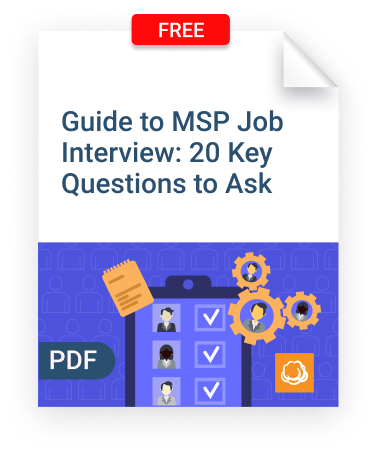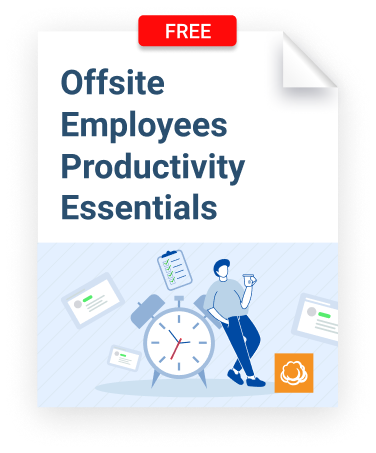MSP Business
MSP Employee Retention: Three Areas of Improvement
Retaining employees is just as important -- and challenging -- as finding them in the first place. Although it may sound like a cliché, employees truly are the most valuable asset of any business. Not only do they have the skills and knowledge required to keep operations running, but they are also quite costly to replace. On average, every time an employee leaves, it will cost the business six to nine months' worth of that employee's salary to find a replacement.
To help ensure you don't waste money and disrupt your MSP business's operations through high rates of employee turnover, keep reading for tips on employee retention in the MSP ecosystem.
Further reading Why MSPs Need to Prioritize Employee Retention Strategies Now More Than Ever
Corporate culture
A corporate culture that makes employees feel valued and able to communicate with management lays the foundation for retention. You can help build this culture by:
- Establishing core values: Determine which values you prioritize as a company. Examples could be customer service, employee accountability or even a fun workplace. Your values should reflect in part the factors that are most important to employees, or motivate them strongly.
- Being transparent: Set clear expectations with employees, and share information with them whenever relevant and appropriate.
- Establishing promotion criteria: Make it clear what employees should do to advance in your company, and what an advancement path looks like.
- Supporting employee development: Provide opportunities for employees to grow professionally, such as paying for training or certification courses.
- Offering communication channels: Make sure employees know how to communicate with management. Make sure, too, that channels are available for resolving disputes or problems that arise on the job.
- Making sure employees feel safe: Safety and anti-discrimination should be a part of any workplace culture.

Compensation
Salary is obviously an important factor in determining how long employees will stay with your business. Although the salary you can offer to each employee is, of course, limited, you can make the most of what you pay through the following practices:
- Setting an escalation plan: Set clear criteria for deciding when employees will receive salary increases. For example, gaining new certifications or mastering new technology could be tied to an increase. From the employees' perspective, knowing that there is a path for increasing salary is critical for encouraging them to stay with you long-term.
- Set regular salary increases: If you offer a set salary increase on a regular basis, such as once a year, you reward employees for staying with the company. A standard salary increase policy also helps avoid having to enter into negotiations about raises with each employee.
- Establishing performance KPIs: Let employees know which KPIs are tied to financial rewards, such as bonuses. For example, offer technicians a quarterly or semi-annual bonus if they maintain a certain level of uptime on the systems they support.
Benefits
By some measures, benefits are more important to employees than salary. Virtually all MSP employees expect a set of basic benefits: medical insurance, paid time off and possibly a retirement plan.
However, you can stand out from other businesses -- and increase employee retention -- by offering additional benefits. There are many options available that won't break the bank, including:
- Subscriptions to technical learning materials or tools (which could be used on the job, but may also be useful to an employee for personal reasons).
- Workshops and training programs: They may also have a business purpose, but some technical employees will also appreciate the opportunity to learn about technology out of personal interest.
- Gym memberships: These are relatively inexpensive to offer, and many employees will appreciate them. They also help send a message that you care about employees’ personal well-being.
- Office parties: Yes, they may be hokey but, when done right, parties offer real benefits to employees and the business (like the opportunity to build connections between employees who don't normally interact on the job, but could benefit from collaborating).
- Flexible scheduling: So that employees can start and end their days according to when they are most productive.
Conclusion
Maximizing employee retention requires three key pillars: a company culture that is aligned with employee needs, a compensation plan that encourages employees to stick with your company for the long term, and a benefits package that goes above and beyond the basics.
Building these pillars -- which, fortunately, doesn't require unlimited financial resources -- is crucial for maximizing the value of each employee, while also providing a satisfying employment experience for your team.



